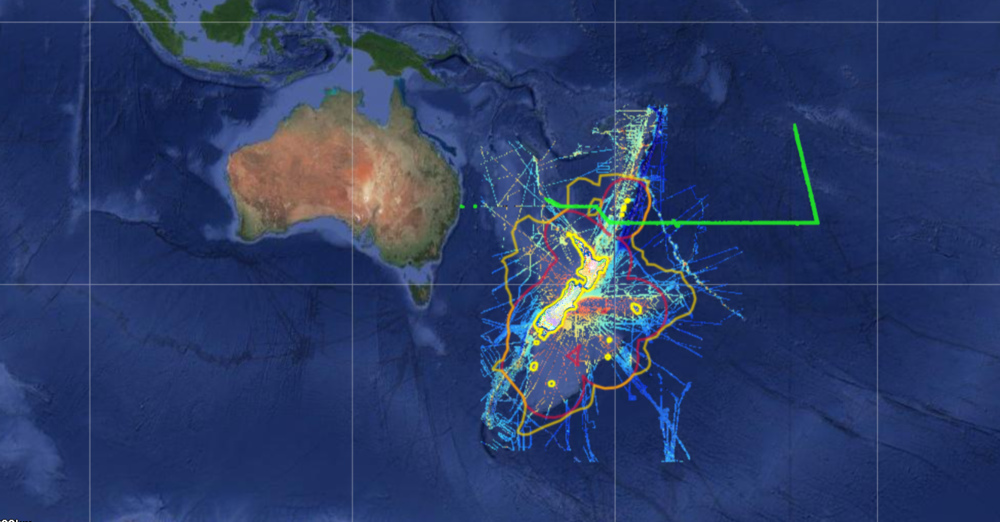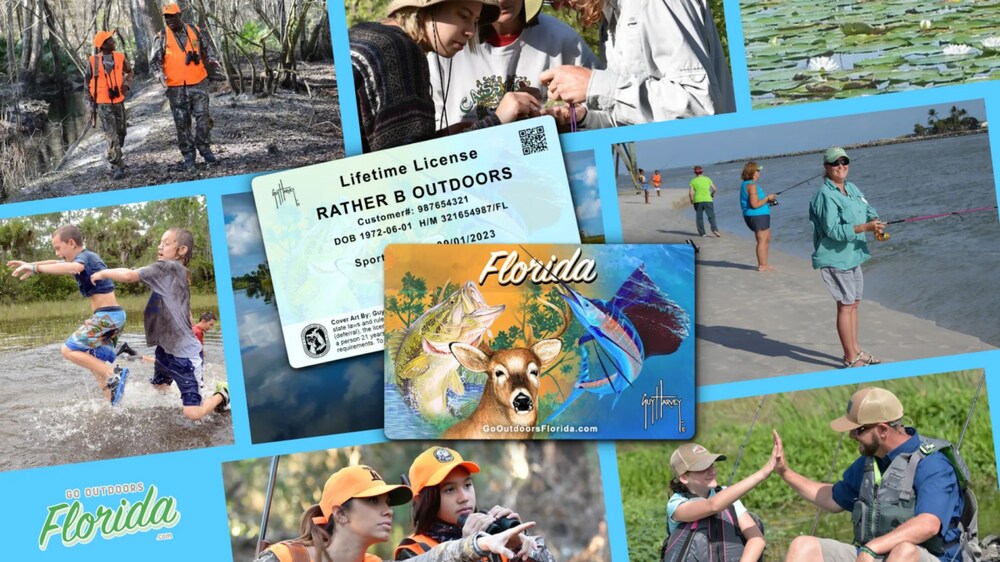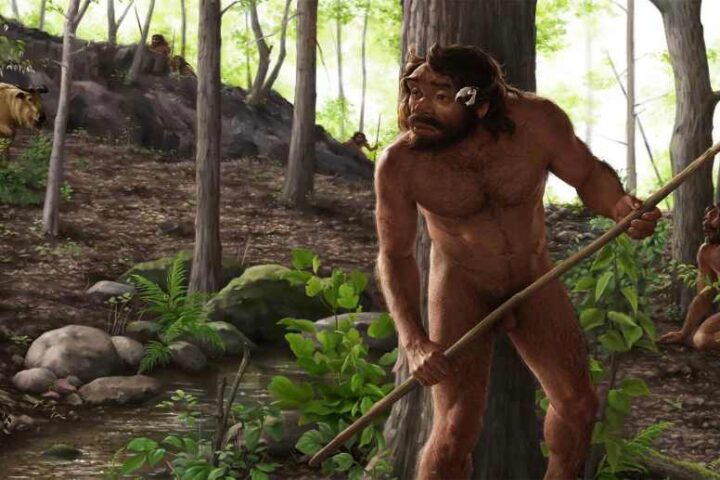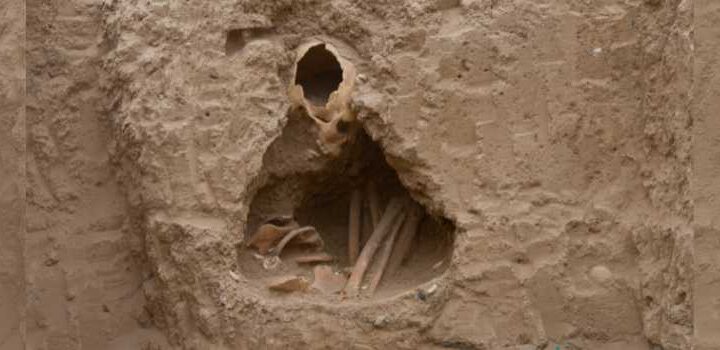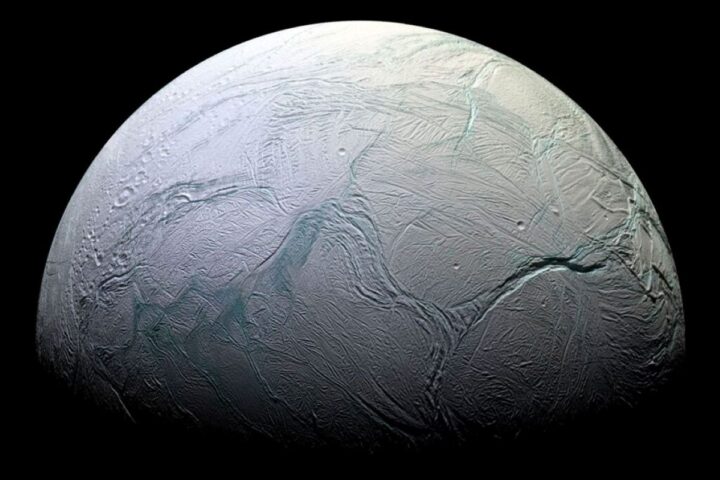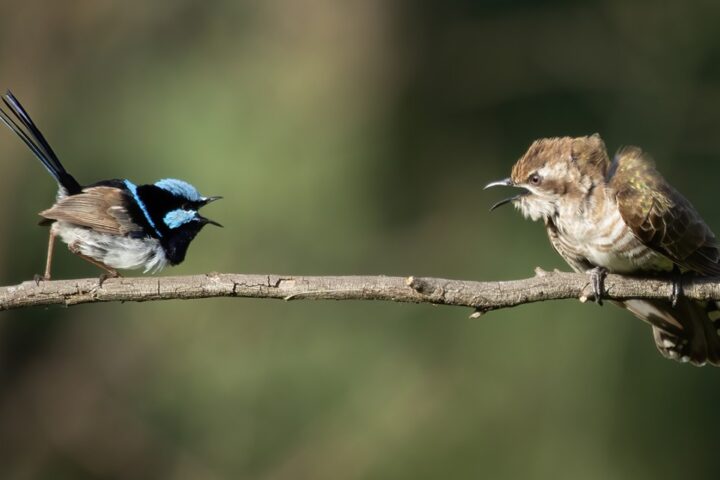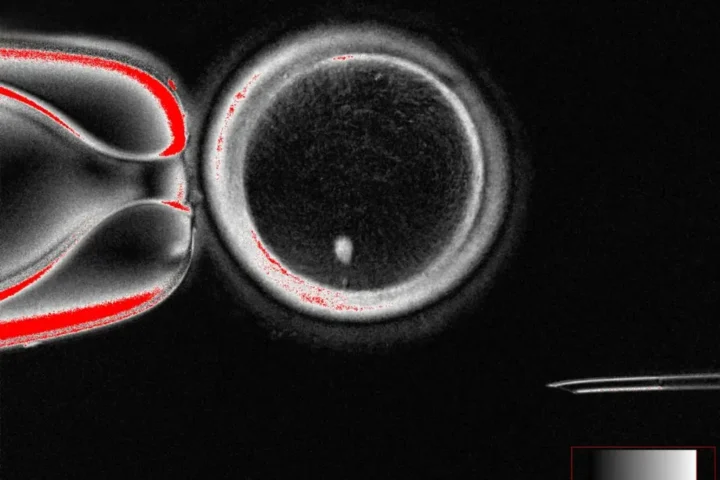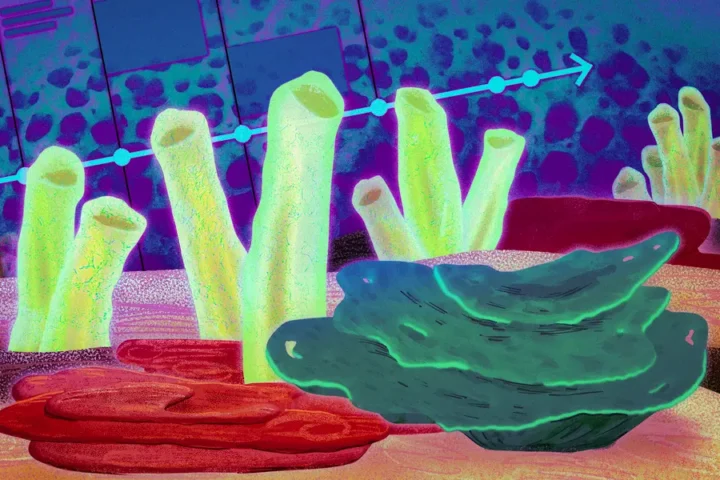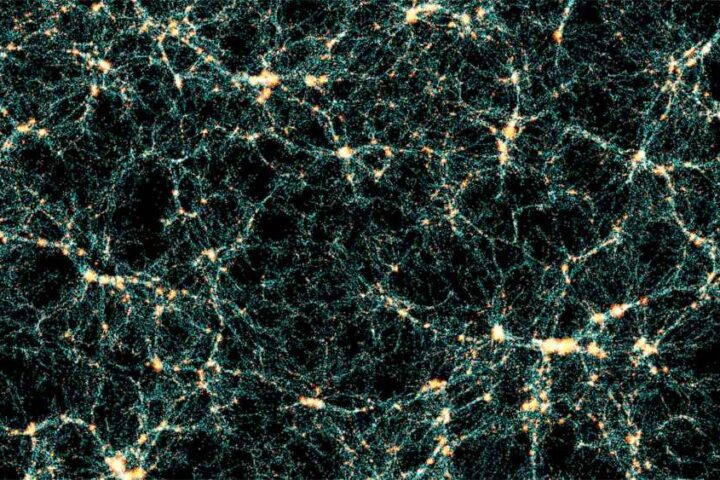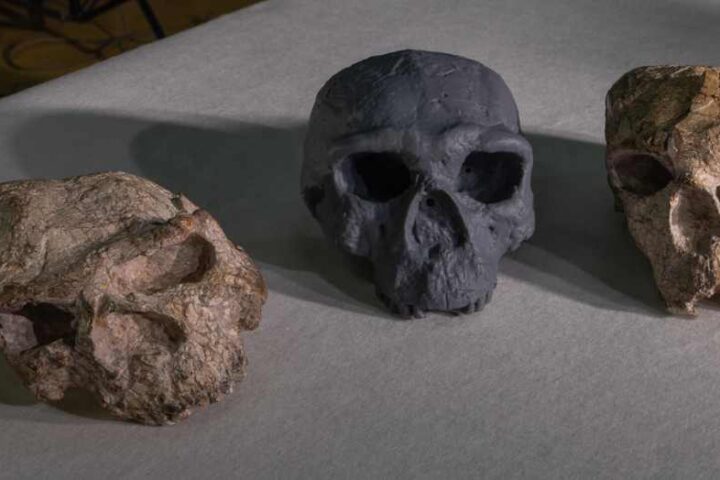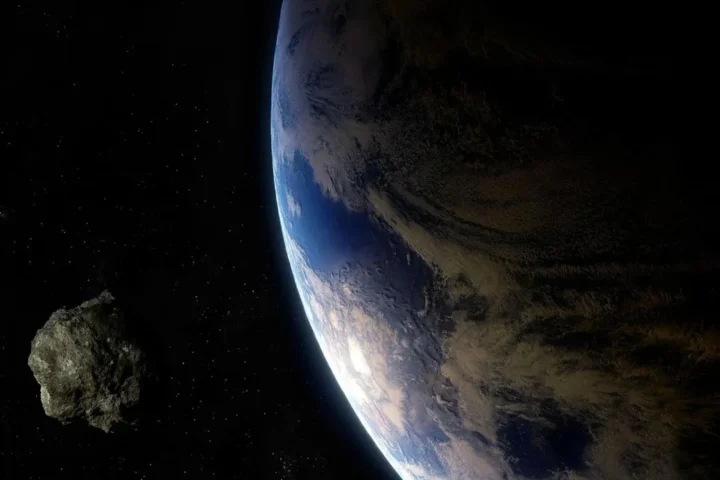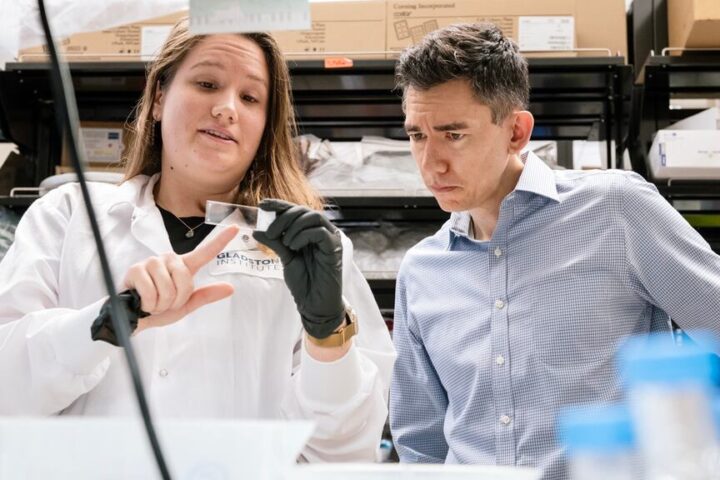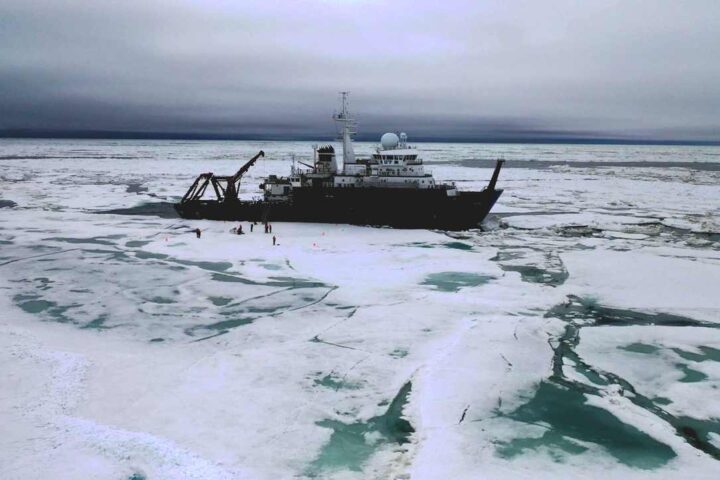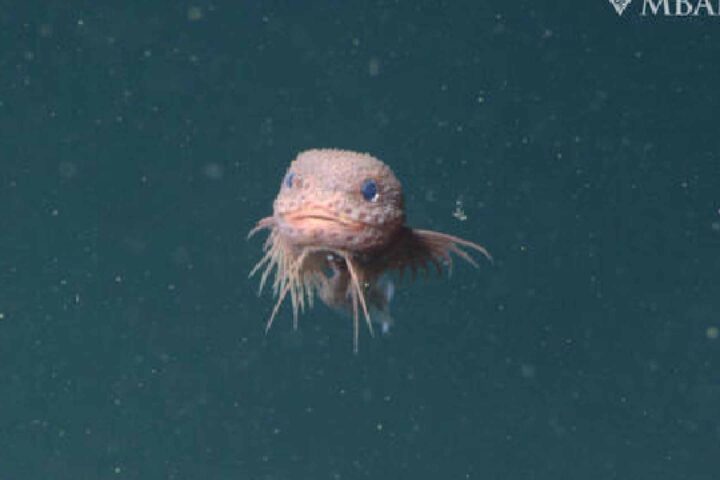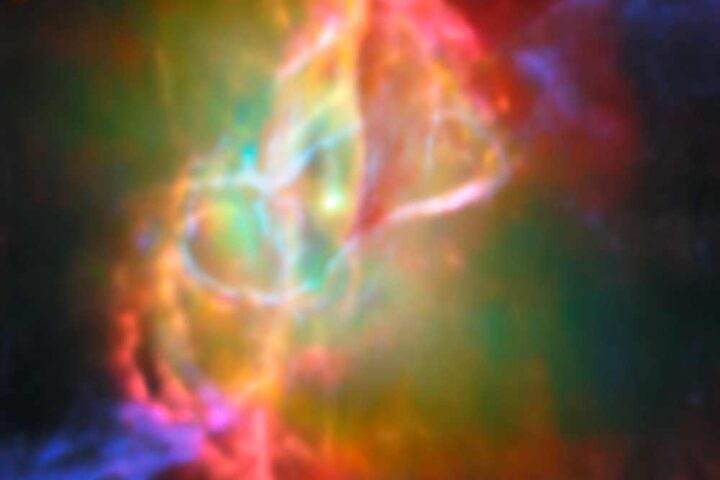On 09 October 2023, scientists achieved a monumental feat by completing the mapping of Zealandia, Earth’s hidden eighth continent. This recent accomplishment unveiled Zealandia’s ancient backbone and a vast volcanic region comparable in size to New Zealand itself. Six years prior, Zealandia was officially recognized as the world’s eighth continent. The 2017 research by GNS Scientists presented compelling evidence of Zealandia’s continental attributes, highlighting its distinct geological crust and its separation from Australia.
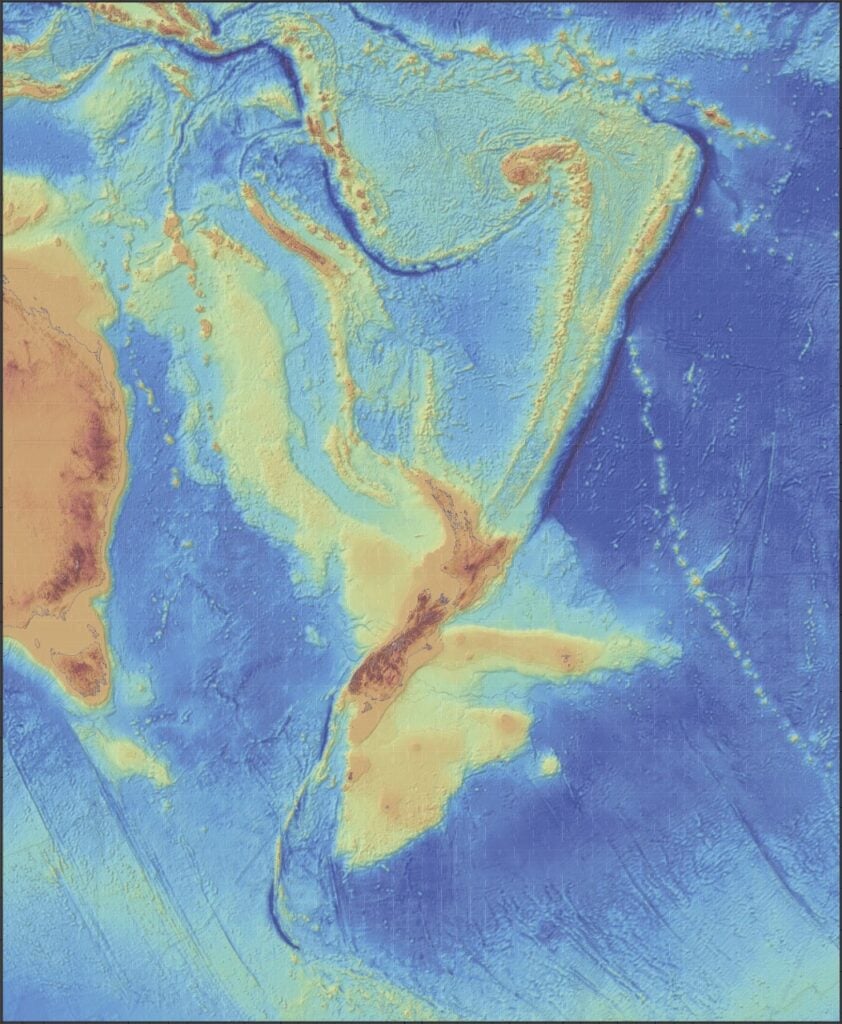
Prior to the 2017 revelation, an international research team embarked on an expedition near New Caledonia, aiming to collect seabed rock samples from North Zealandia. Fast forward to 2023, these samples have led to three groundbreaking discoveries about the continent. Spanning an impressive 4.9 million km² and stretching 4300 km, Te Riu-a-Māui Zealandia remains predominantly submerged, with only 5% visible above water. Unlike other continents, Zealandia’s continental shelves are more expansive and concealed, posing significant challenges for exploration.
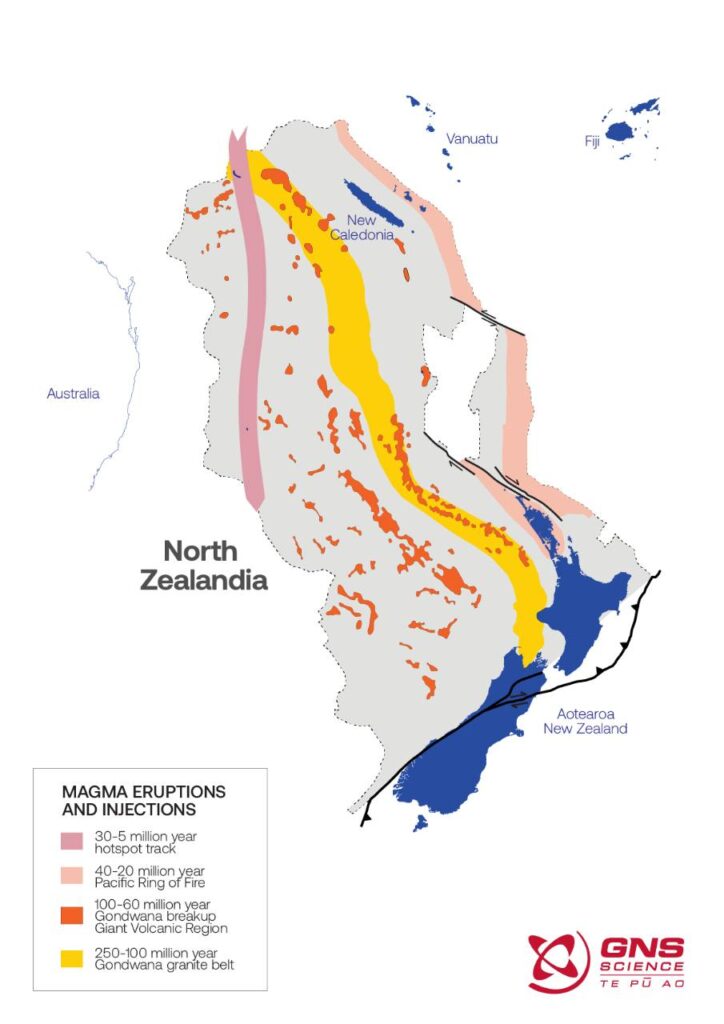
This recent study marks Zealandia as the first continent to have its entire geology, including its volcanoes and sedimentary basins, meticulously mapped up to its submerged boundaries. A 2019 research paper by GNS scientists detailed the geology of South Zealandia, revealing the intricate processes that took place as it drifted away from the supercontinent Gondwana. The focus of the 2023 Tectonics publication shifted northward, concentrating on the underwater regions between New Zealand, New Caledonia, and Australia.
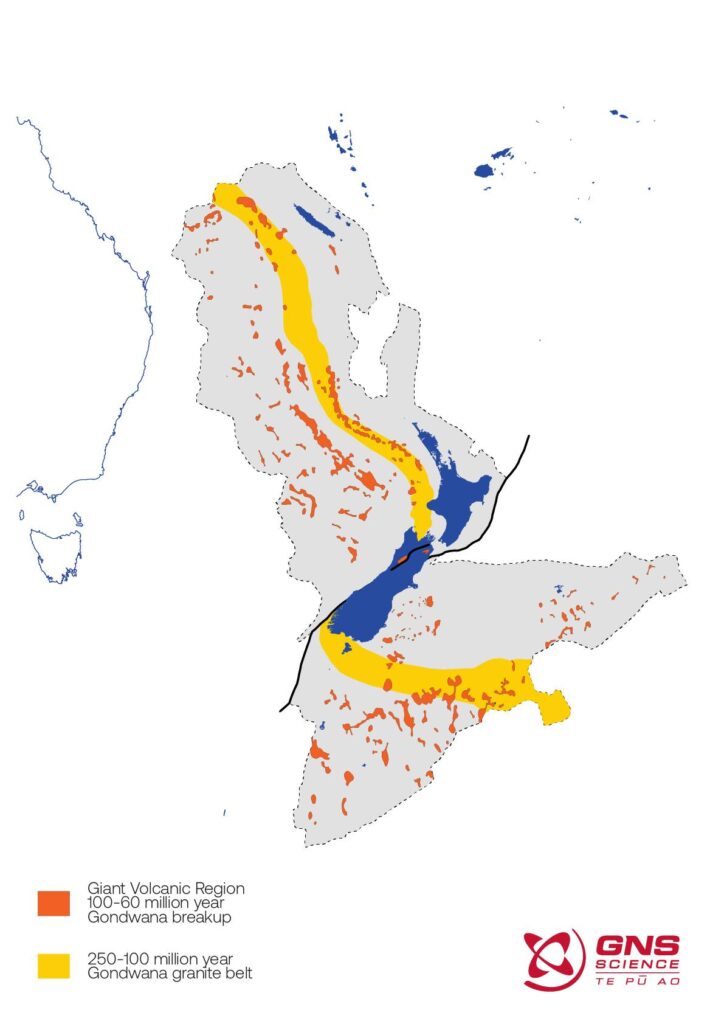
One of the standout discoveries of the 2023 research was the identification of a colossal volcanic region that formed along the fringes of the Gondwana supercontinent between 100 and 60 million years ago. GNS Scientist Nick Mortimer remarked, “For the first time we realize the extent of the magma eruptions of different ages imprinted across different parts of Zealandia.” Wanda Stratford, another GNS Scientist, emphasized the previously underestimated role of magma in Gondwana’s separation, noting that these lavas span an area of 250,000 km² across Zealandia.
Similar Posts
The study’s magnetic surveys of the seafloor unveiled volcanic regions, distinguished by their potent magnetic signatures. These magnetic lava rocks can also be found on land in locations such as Cape Reinga, Blenheim, Hokitika, and Ashburton, as well as in New Caledonia and the Auckland Islands. The formation of this vast volcanic region and its residual magnetic lava rocks can be traced back to Zealandia’s detachment from Gondwana. For approximately 40 million years, molten magma gushed from cracks as Zealandia’s crust underwent stretching and thinning.
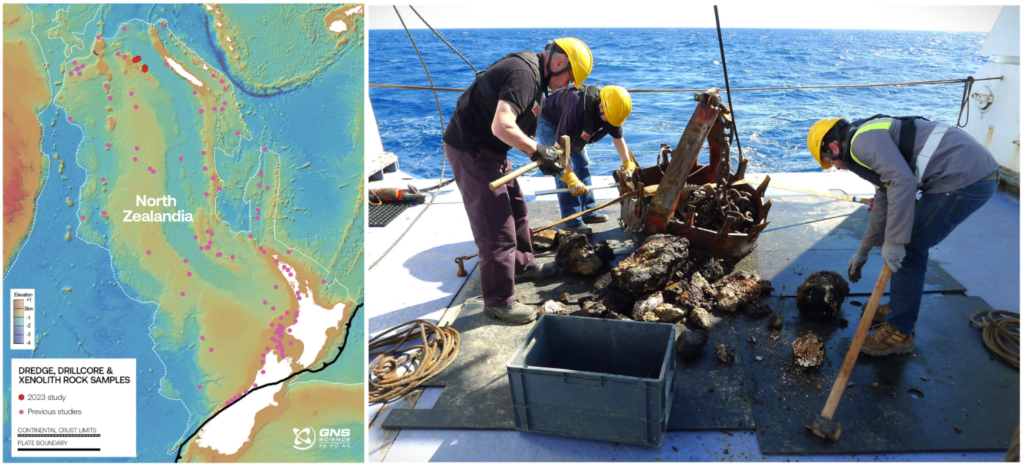
The seabed rock samples from Fairway Ridge near New Caledonia revealed granites, which are part of a 4000 km transcontinental belt. This granite structure, known as the Median Batholith by geologists, connects Zealandia’s underwater and onland granites. Nick Mortimer, the lead author, emphasized that while Zealandia is now fully mapped, there’s still a vast realm of exploration and understanding awaiting scientists. The comprehensive mapping of Zealandia offers a foundational framework for future research into New Zealand’s natural hazards, resources, and environment.
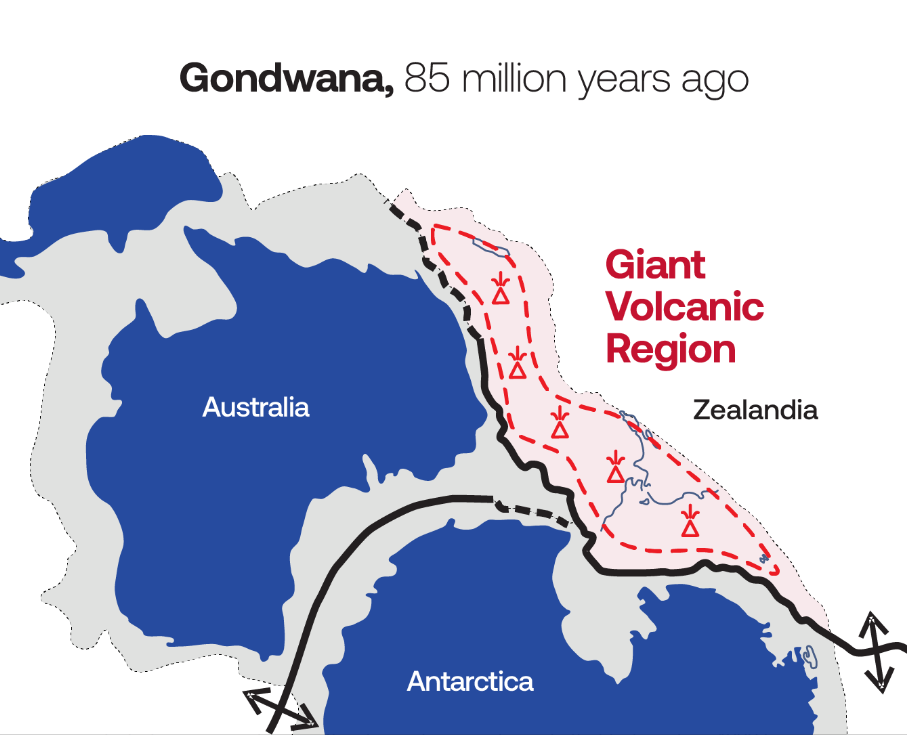
The ECOSAT II 2016 R/V Investigator expedition, which collected the pivotal seabed samples, received funding from the Australian government and was co-led by geoscientists from the University of Sydney. The recent paper’s composition was supported by a New Zealand Government Grant to GNS Science’s Te Riu-a-Maui / Zealandia Research programme and a Te Aparangi – Royal Society James Cook Fellowship awarded to Nick Mortimer. The name Te Riu-a-Māui / Zealandia encapsulates the essence and history of this unique continent. GNS Science continues to delve deeper into understanding Zealandia, aiming to uncover more of its secrets and geological wonders. As the world celebrates this monumental achievement, Zealandia stands as a testament to the relentless spirit of exploration and the ever-evolving understanding of our planet.
